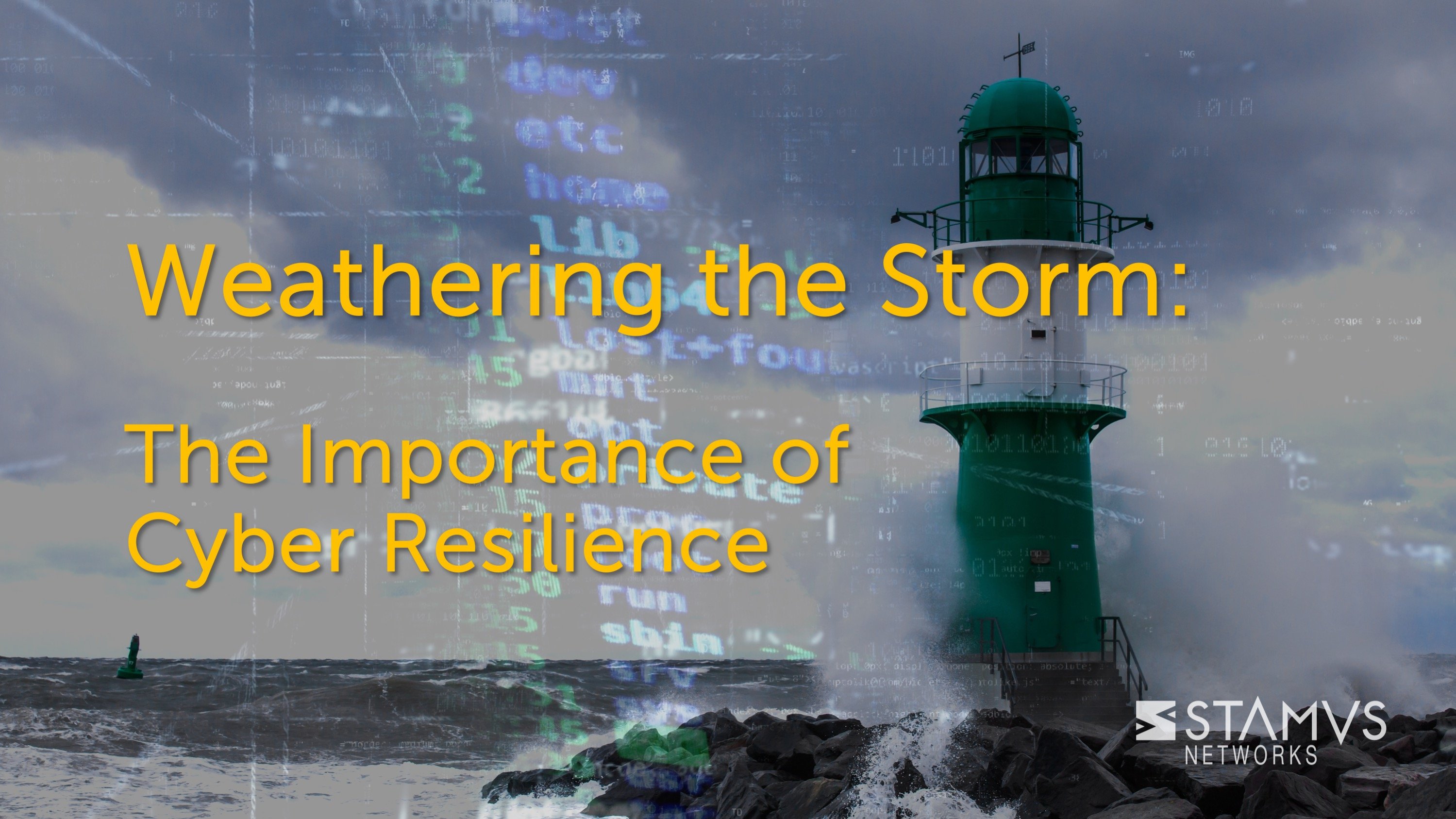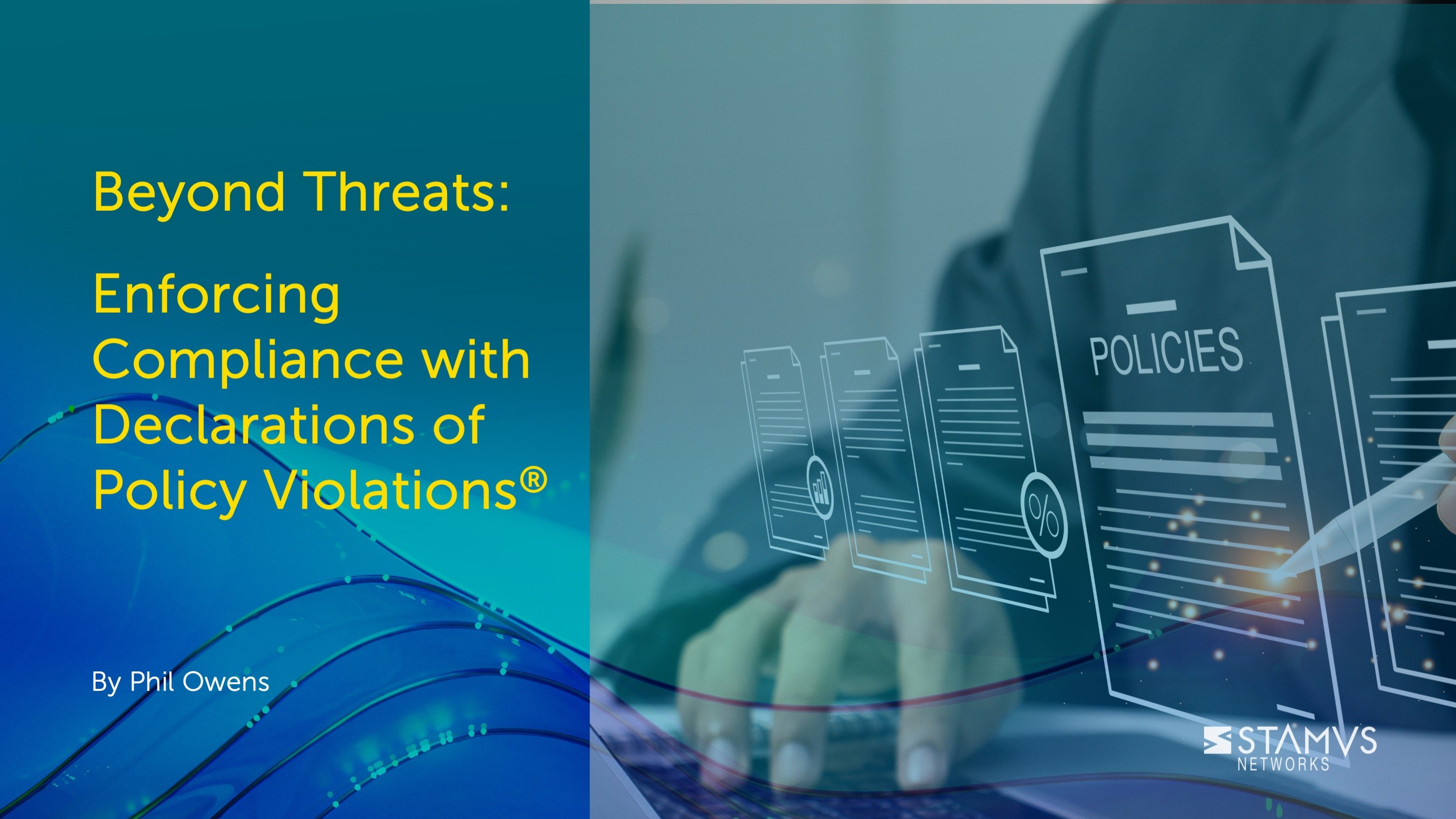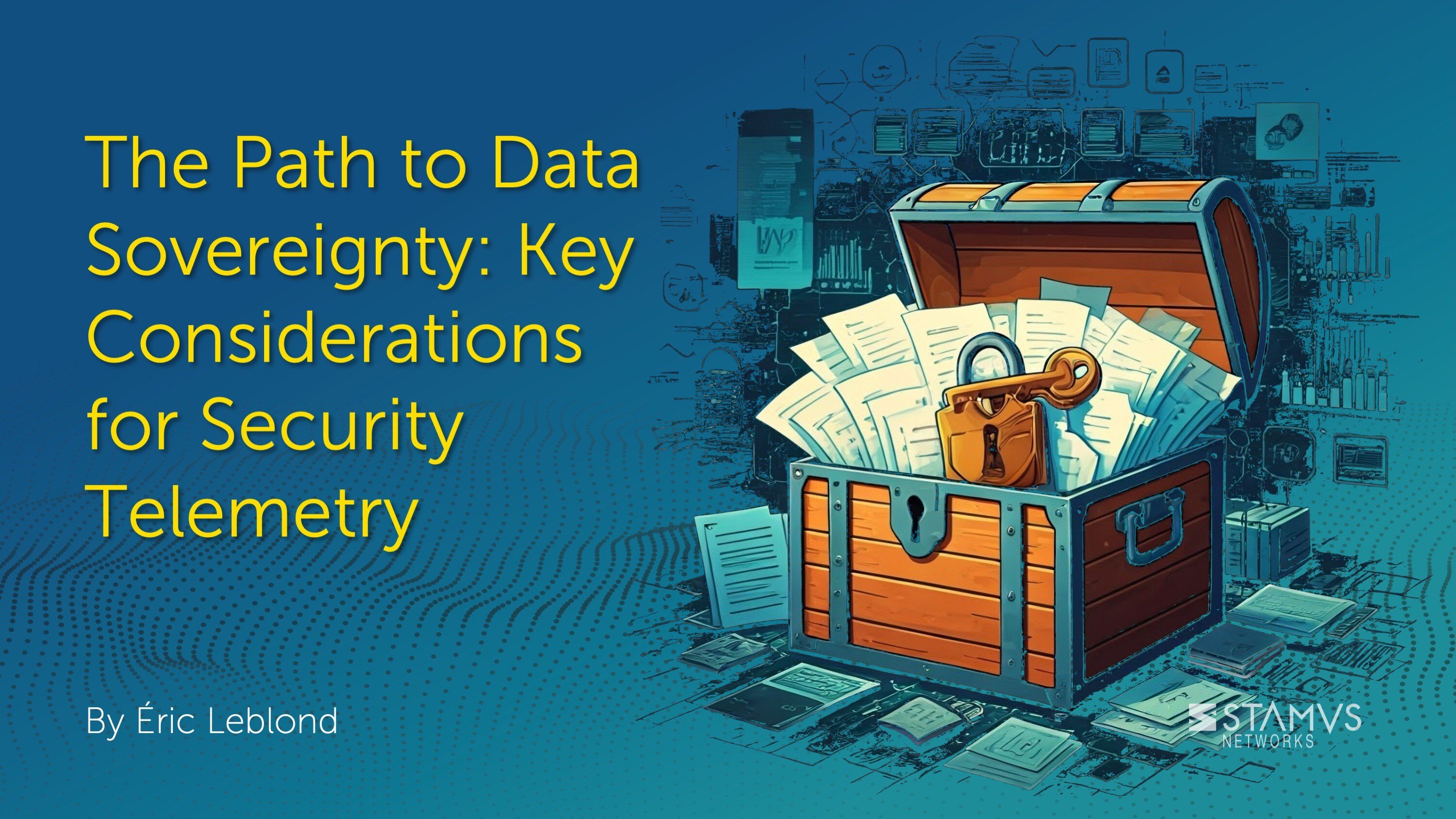If you have ever worked for a large enterprise, then you may be familiar with the term “enterprise resilience”. This is a trait found in most successful businesses, and it refers to the organization’s ability to react and respond to changes around them or to them while still operating their business. What you might not know, is that this concept extends into the domain of cybersecurity.
“Cyber Resilience” expands on the concept of enterprise resilience and describes an organization’s ability to respond to cyber attacks or other cyber-related stress while still maintaining operability. The United States Department of Commerce’s National Institute of Standards and Technology (NIST) describes cyber resilience this way:
“The ability to anticipate, withstand, recover from, and adapt to adverse conditions, stresses, attacks, or compromises on systems that use or are enabled by cyber resources. Cyber resiliency is intended to enable mission or business objectives that depend on cyber resources to be achieved in a contested cyber environment.”
Understanding the Difference: Cybersecurity vs. Cyber Resilience
At first glance, cybersecurity and cyber resiliency might seem like interchangeable terms. However, there are distinct differences between the two that can significantly impact an organization's ability to withstand and recover from cyber threats.
1. Focus and Approach:
Cybersecurity primarily revolves around safeguarding digital systems, networks, and data from unauthorized access, breaches, and other malicious activities. It employs a proactive approach that involves deploying firewalls, encryption protocols, intrusion detection systems, network or endpoint security systems, and other preventive measures to keep cybercriminals at bay.
Cyber resilience, however, takes a broader view by acknowledging that breaches are inevitable despite the best preventive efforts. No security system is truly impenetrable. It focuses on building a system's capacity to detect, respond, and recover from attacks while minimizing damage. In simple terms, promoting the quality of cyber resilience requires an organization to acknowledge the possibility of a breach and prepare systems and procedures to enable a swift and effective recovery.
2. Mindset:
Cybersecurity often emphasizes building walls to keep threats out. While this is crucial, cyber resiliency shifts the mindset from "preventing all breaches" to "minimizing impact when breaches occur." It recognizes that no system is entirely impervious to attacks and thus prioritizes the ability to adapt and recover.
3. Components:
Cybersecurity controls often include firewalls, anti-virus software, network monitoring tools, and access controls. These are undeniably essential for maintaining a secure environment.
Cyber resilience, however, encompasses a broader set of strategies. It incorporates not only prevention but also detection, response, recovery, and adaptation. This can involve regular data backups, disaster recovery plans, incident response protocols, employee training, and continuous monitoring.
4. Risk Management:
Cybersecurity aims to mitigate risks by preventing threats from materializing. Cyber resilience extends this approach by accepting risk when necessary and focusing on reducing the potential impact. By planning for the worst-case scenario, organizations can ensure that their operations can continue despite disruptions.
5. Continuous Improvement:
While cybersecurity controls are critical, the threat landscape evolves rapidly. What works today might not be effective tomorrow. Cyber resilience emphasizes the importance of constant learning and improvement. It encourages organizations to evaluate and update their strategies regularly to stay ahead of emerging threats.
Why Cyber Resilience Matters:
Cyberattacks are becoming increasingly sophisticated and frequent. As a result, organizations must move beyond a one-dimensional cybersecurity approach. Cyber resilience offers a comprehensive strategy to not only prevent breaches but also respond effectively when they occur. By adopting a cyber-resilient mindset, organizations can:
- Minimize Downtime: Swift recovery and adaptation mean reduced downtime, ensuring business continuity even after a breach.
- Protect Reputations: Timely and effective responses to breaches can help maintain customer trust and preserve an organization's reputation.
- Reduce Financial Impact: A resilient organization can limit the financial fallout of a cyber incident, potentially saving millions in recovery costs.
- Stay Ahead of Regulations: With ever-evolving data protection regulations, cyber resiliency promotes compliance even in the face of breaches.
Expecting the Unexpected: Cyber Resilience as a Pillar of Cyber Strategy
Cybersecurity remains an essential pillar of a strong digital defense strategy, but the future demands a more comprehensive approach. Cyber resilience is about fostering a culture of adaptability, preparedness, and response. By embracing and pursuing cyber resilience, organizations can enhance their ability to withstand, recover from, and adapt to the evolving landscape of cyber threats. Remember, it's not just about preventing breaches; it's about thriving even when the unexpected occurs.
To stay updated with new blog posts from Stamus Networks, make sure to subscribe to the Stamus Networks blog, follow us on Twitter, LinkedIn, and Facebook, or join our Discord.






